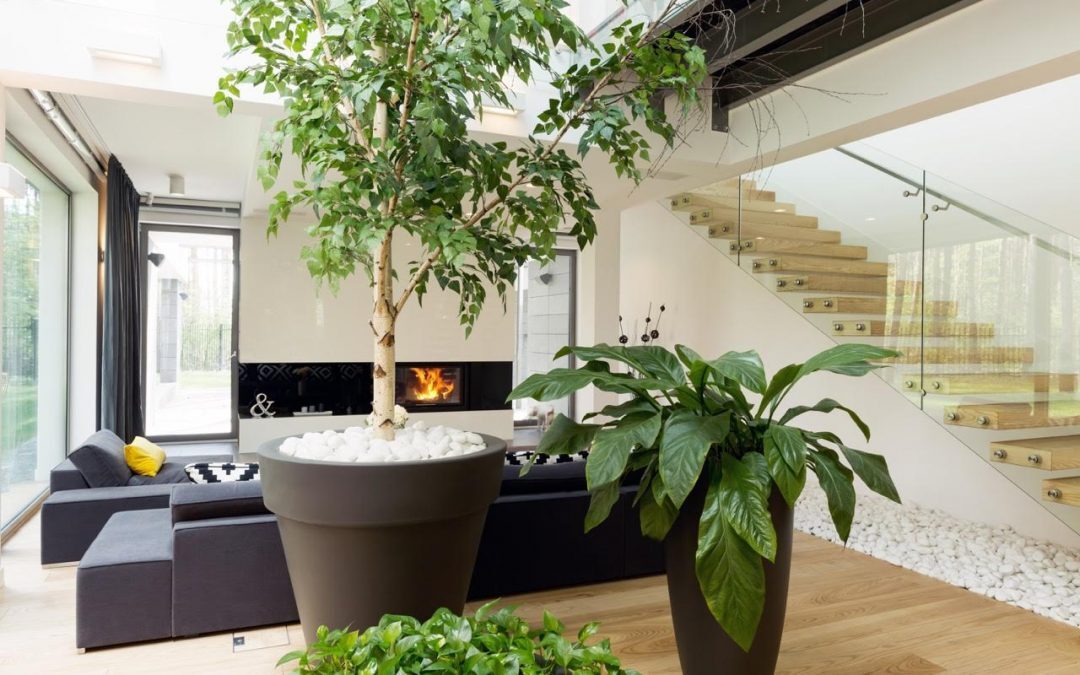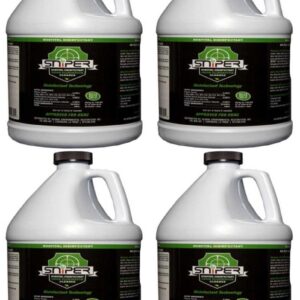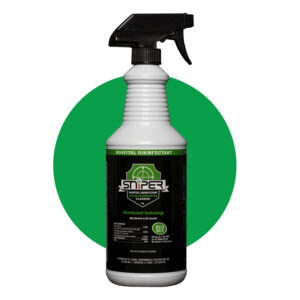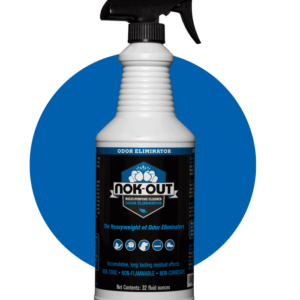NASA, the US Space Agency, has good news for us! Indoor Air Pollution can be eased with plants!
Because of modern building practices, your home, and our workplaces are built securely to keep outside air OUT, and inside air IN. This makes your home or office quite energy efficient, but also promotes the buildup of whatever chemicals are released from cleaning chemicals, from the outgasing of newly bought products, from chemicals released from printers and toners and other office machinery and so on. This buildup can occur when there is insufficient ventilation that otherwise would allow these chemicals to disburse outside of the home or office.
NASA has been concerned with how to reduce buildup of toxic chemicals inside spacecraft – for obvious reasons! Studies conducted by NASA scientists have identified over 50 houseplants that remove many of the pollutants and gases mentioned above. The study discovered that the interaction of plants and air in closed in situations such as our homes, found that houseplants, when placed in sealed chambers in the presence of specific chemicals, removed those chemicals from the chambers.
Ah ha! This is good news! If we introduce any or all of the following list of 10 plants into our homes, we will have purer air, air free of noxious toxins and chemicals. That something so beautiful and decorative can also be a source of good health, and a longer life is welcome news for all of us!
Check out this link to find a listing of house plants to organically, and with no polluting chemicals, decontaminate your home, and purify your surroundings.
The Top ten Plants for removing VOC’s including formaldehyde, benzene, and carbon monoxide from the air:
 Areca Palm – Chrysalidocarpus lutescens |
Areca Palm (Chrysalidocarpus lutescens) Also called the “Butterfly Palm”. An upright houseplant that is somewhat vase shaped. Specimen plants can reach 10 to 12 foot in height. Prefers a humid area to avoid tip damage. Requires pruning. When selecting an Areca palm look for plants with larger caliber trunks at the base of the plant. Plants that have pencil thin stems tend to topple over and are quite difficult to maintain. |
 Lady Palm – Rhapis excelsa |
Rhapis excelsa: Also called the “Lady Palm”, this durable palm species adapts well to most interiors. The Rhapis are some of the easiest palms to grow, but each species has its own particular environment and culture requirements. The “Lady Palm” grows slowly, but can grow to more than 14′ in height with broad clumps often having a diameter as wide as their height. |
 Bamboo Palm – Chamaedorea seifrizii |
Bamboo Palm: (Chamaedorea seifrizii) Also called the “reed palm”, this palm prefers bright indirect light. New plants will lose of some interior foliage as they acclimate to indoor settings. This plant likes to stay uniformly moist, but does not like to be over-watered or to sit in standing water. Indoor palms may attract spider mites which can be controlled by spraying with a soapy solution. |
 Rubber Tree – |
Rubber Tree: Ficus Robusta Grows very well indoors, preferring semi-sun lighting. Avoid direct sunlight, especially in summer. Young plants may need to be supported by a stake. The Ficus grows to 8’ with a spread of 5’. Wear gloves when pruning, as the milky sap may irritate the skin. Water thoroughly when in active growth, then allow the soil to become fairly dry before watering again. In winter keep slightly moist. |
 Dracena “Janet Craig” (Dracaena deremensis) |
Dracena “Janet Craig” (Dracaena deremensis) The Dracaena grows to 10’ with a spread of 3’. Easy to grow, these plants do best in bright indirect sunlight coming from the east/west. They can adapt to lower light levels if the watering is reduced. Keep the soil evenly moist and mist frequently with warm water. Remove any dead leaves. Leaf tips will go brown if the plant is under watered but this browning may be trimmed. |
 Philodendron -(Philodendron sp.) |
Philodendron (Philodendron sp.) One of the most durable of all house plants. Philodendrons prefer medium intensity light but will tolerate low light. Direct sun will burn the leaves and stunt plant growth. This plant is available in climbing and non-climbing varieties. When grown indoors, they need to be misted regularly and the leaves kept free of dust. Soil should be evenly moist, but allowed to dry between watering. |
 |
Dwarf Date Palm (Phoenix roebelnii) A hardy, drought-tolerant and long-lived plant, the Dwarf Date Palm needs a bright spot which is free of drafts. It grows slowly, reaching heights of 8-10’. The Dwarf Date Palm should not be placed near children’s play areas because it has sharp needle-like spines arranged near the base of the leaf stem. These can easily penetrate skin and even protective clothing. |
 Ficus Alii (Ficus macleilandii “Alii”) |
Ficus Alii (Ficus macleilandii “Alii”) The Ficus Alii grows easily indoors, and resists insects. It prefers a humid environment and low to medium light when grown indoors. The Ficus Aliii should not be placed near heating or air conditioning vents, or near drafts because this could cause leaf loss. Soil should be kept moist but allowed to dry between watering. |
 Boston Fern (Nephrolepis exaltata “Bostoniensis”) |
Boston Fern (Nephrolepis exaltata “Bostoniensis”) The Boston fern grows to 4’ in height with a spread up to 5’. It has feathery ferns which are best displayed as a hanging plant. It prefers bright indirect sunlight. Keep the soil barely moist and mist frequently with warm water. This plant is prone to spider mites and whitefly which can be controlled using a soapy water spray. Inspect new plants for bugs before bringing them home. |
 Peace Lily (Spathiphyllum “Mauna Loa”) |
Peace Lily (Spathiphyllum “Mauna Loa”) The Peace Lily is a compact plant which grows to a height of 3’ with a 2’ spread. This hardy plant tolerates neglect. It prefers indirect sunlight and high humidity, but needs to be placed out of drafts. For best results, the Peace Lily should be thoroughly watered, then allowed to go moderately dry between waterings. The leaves should be misted frequently with warm water. |
Explore this further
- http://ntrs.nasa.gov/archive/nasa/casi.ntrs.nasa.gov/19930073077.pdf
- http://www.mnn.com/health/healthy-spaces/photos/15-houseplants-for-improving-indoor-air-quality/a-breath-of-fresh-air
- http://www.goodhousekeeping.com/home/gardening/a32552/houseplants-that-purify-air/
- http://www.ourhouseplants.com/guides/50-plants-that-clean-the-air
- https://draxe.com/best-houseplants-that-remove-pollution/?utm_source=newsletter&utm_medium=email&utm_campaign=aug_29_newsletter_a
- https://plantcaretoday.com/bathroom-plants.html
- https://groomandstyle.com/air-purifying-plants/
- https://www.tipsbulletin.com/plants-that-clean-the-air/






This is very interesting. I’ll definitely be getting some of these plants. I also have a question about Nokout. We have a special needs little boy who due to a special tube fed diet and meds has a strong foul smelling urine. I have to wash his bedding dailey with detergent and bleach. The bleach use causes me concern. Will any of your products do this as well as bleach but without being so toxic ?
Nok-Out is an excellent replacement for bleach – and is far less toxic. The active ingredient in our products is stabilized Chlorine Dioxide. See: http://blog.nokout.com/introducing-chlorine-dioxide-clo2/. Nok-Out – or SNiPER – work very well to remove odor from urine. Here is a good ‘how-to-Use’ article for you: https://nokout.com/How-to-remove-Urine-Odors.html.
I think these article should help, but if you still have questions, please give me a call toll free at 866 551 1927.